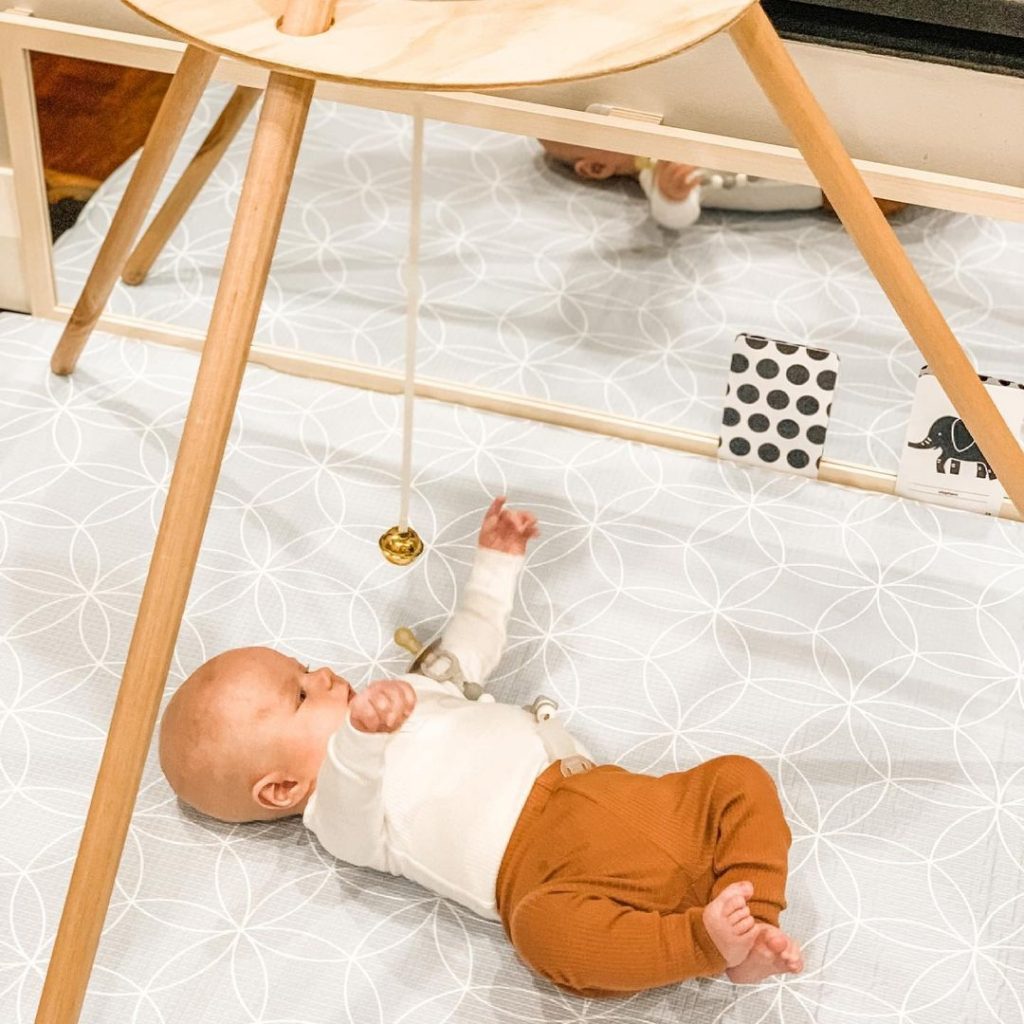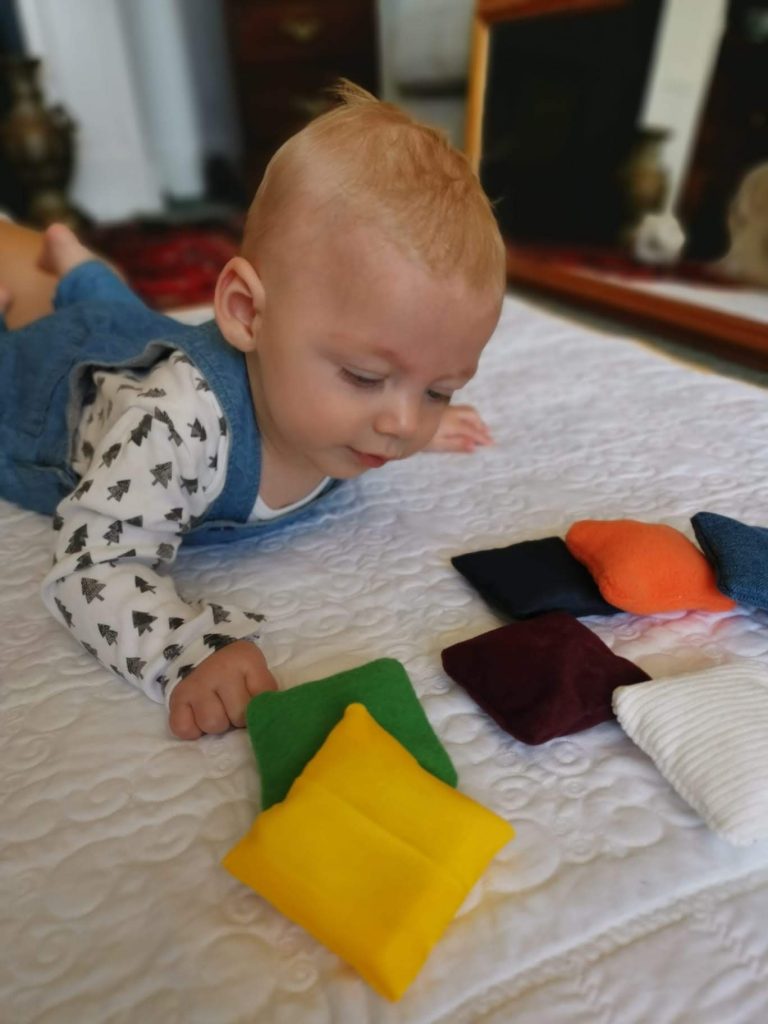Whether you’re a parent or an educator, you’ve likely come to realize a vital truth about education: it should all be about the child. Despite the standardized methods of many traditional schools, child-centered approaches to learning are gaining recognition throughout the world – and for good reason. “Child-centered” describes an educational philosophy that places the student at the heart of their own learning. It recognizes that the child is unique and gifted with individual strengths, interests, and learning styles – and their education needs to reflect those traits.
The Montessori method stands out as a shining example among the many educational philosophies that embody this approach. Montessori schools have long emphasized the child’s role in their own education, embracing the intrinsic curiosity and love for learning in every student. As the philosophy’s founder Dr. Maria Montessori once said, “It is not true that I invented what is called the Montessori Method… I have studied the child; I have taken what the child has given me and expressed it, and that is what is called the Montessori Method.” In this blog post, we’ll dive into the importance of child-centered approach to learning at a young age, as well as the unique principles that define the individualized Montessori approach.
1) Recognizing Individuality
It doesn’t matter if we’re talking about a three-month-old infant or an eight-year-old child – every individual is different and should be recognized as such, especially in their education. A true child-centered approach to learning acknowledges individuality and celebrates uniqueness, allowing children to learn and progress at their own pace.
The Montessori method, with its focus on self-paced learning and intrinsic motivation, ensures that children are given the freedom to explore and develop at the rate best suits them. No student is left behind or rushed by the curriculum, regardless of their age.
Furthermore, Montessori education instills a deep respect for differences and diversity in the learning place (and the world). Children of all ages are encouraged to understand, appreciate and learn from one another’s unique backgrounds, experiences, and perspectives. This inclusive environment fosters crucial social and emotional skills, including empathy, understanding, and acceptance.
2) Fostering Intrinsic Motivation
In traditional educational settings, a strong emphasis is often placed on external rewards and punishments. Children are given good grades, awards, and prizes for performing well, rather than being taught to find self-fulfillment and joy in their own learning.
In contrast, a child-centered approach recognizes that true motivation comes from within. When children are actively engaged in their own learning process and driven by their own curiosity, they become self-motivated learners.

As Self-Determination Theory (SDT) explains, “Humans are by nature active and self-motivated, curious and interested, vital and eager to succeed because success itself is personally satisfying and rewarding.”
This statement encompasses the core beliefs of the Montessori method. It encourages intrinsic motivation by providing a rich environment filled with hands-on learning materials. The goal is to captivate children’s natural, self-directed desire to explore and understand the world around them.
3) Nurturing Independence
In an authentically child-centered learning approach, children are also encouraged to experience independence at a young age. Whether it’s through play or study, they are given opportunities to take responsibility and develop an assured sense of self-confidence.
This concept is perfectly demonstrated in a classic Montessori classroom. Montessori students are encouraged to choose their own activities, engage in self-directed learning, and take ownership of their progress. This sense of independence promotes academic growth, but it also prepares children for the challenges and responsibilities they will face in the future.
4) Holistic Development
Education is not solely about the acquisition of academic knowledge; it should also encompass the holistic development of the child. That’s why a child-centered approach recognizes the importance of addressing physical, emotional, social, and cognitive aspects of early growth.
The ages of zero to eight are the most formative years for any child. This is when the brain and neurobiological development are the fastest, and what happens to a child in these years can significantly affect their physical development, mental development, and future success in life.
To capitalize on this “sweet spot” of development, the Montessori method focuses on providing a well-rounded education. It incorporates a wide range of activities that promote the development of gross and fine motor skills, emotional intelligence, social skills, critical thinking, and problem-solving abilities.
This comprehensive approach ensures that children grow into well-rounded individuals equipped with a diverse set of skills – not just academic prowess.
5) Building Lifelong Learners
Ultimately, the goal of any educational philosophy should be to cultivate a lifelong love of learning. Child-centered approaches focus heavily on nurturing children’s natural curiosity and instilling a passion for self-motivated exploration and discovery.
The Montessori method is for life. Although its educational principles largely impact the formative years of students, Montessori schools lay the groundwork for lifelong skills and experiences. These students will grow to ask questions, explore new concepts, and seek out knowledge – even beyond the classroom walls.

In Summary
A child-centered approach to learning is crucial in equipping students with the necessary lifelong skills and attitudes. When we recognize the uniqueness of each child, we’re better able to foster intrinsic motivation, nurture independence, and support truly holistic development.
The Montessori method perfectly exemplifies the power and importance of a child-centered approach. As educators and parents, it’s our responsibility to create environments where children can flourish and reach their fullest potential. Let’s make sure they’re at the center of it all.
Read more about open-ended and closed-ended toys used in the Montessori education in this post.
Author Bio: Launa Schweizer is a dedicated educator and lifelong learner who is committed to making a positive impact on the lives of her students. She has over 30 years of experience working with children aged 18 months to 26 years. As the head of Washington Montessori School, Launa leads by example, inspiring her team of teachers and staff to provide the best possible education to every student who walks through the doors. By focusing on supporting student agency, individual, student-centered learning, and social-emotional development, Launa builds nurturing and supportive environments where students can thrive and reach their full potential.

